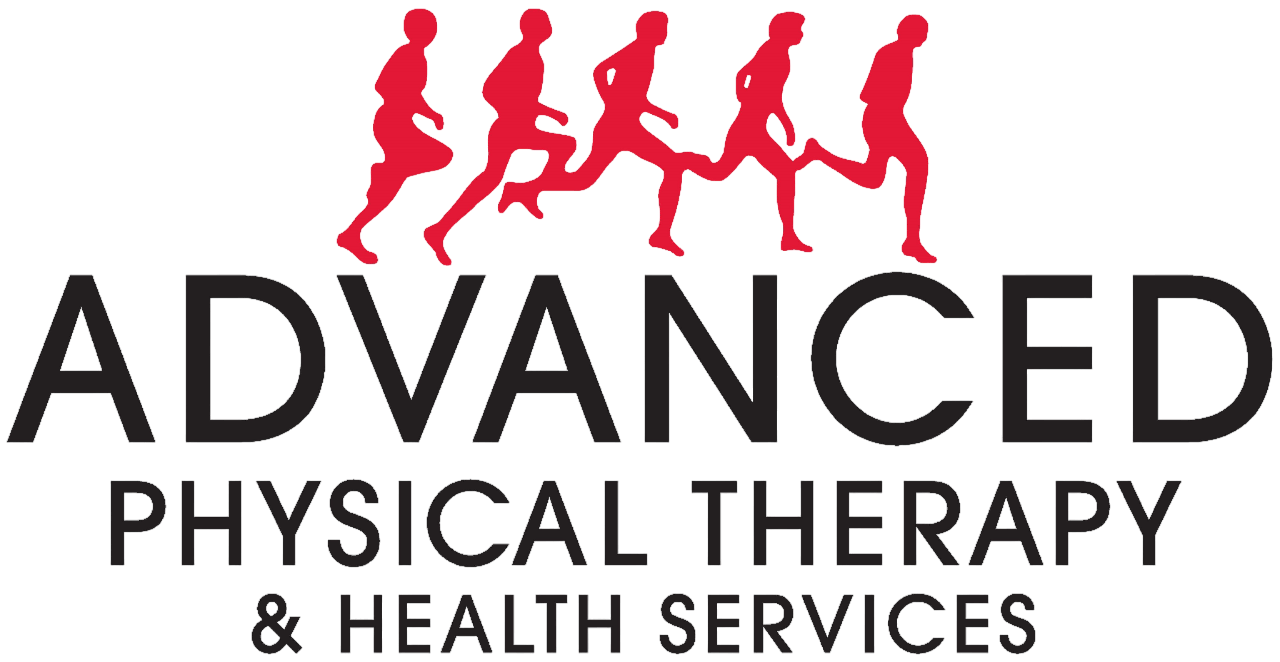
Patient education is an integral aspect of physical therapy that plays a crucial role in achieving successful outcomes. Here’s how patient education intertwines with physical therapy:
- Understanding Conditions: Physical therapists educate patients about their specific conditions, including causes, symptoms, and prognosis. This helps patients understand their bodies better and enables them to actively participate in their treatment.
- Treatment Goals: Educating patients about the goals of physical therapy helps set realistic expectations. This involves explaining what improvements they can expect and the timeline for achieving these goals.
- Pain Management: Patients often seek physical therapy to manage pain. Therapists educate patients about pain management strategies, including modalities such as ice and heat therapy, as well as techniques like relaxation exercises and ergonomic adjustments.
- Preventive Strategies: Educating patients about preventive measures can help reduce the risk of future injuries or exacerbations of their condition. This may involve discussing strategies for maintaining strength, flexibility, and cardiovascular health, as well as injury prevention techniques for specific activities or sports.
In summary, patient education is an essential component of physical therapy that empowers individuals to take an active role in their rehabilitation, promotes adherence to treatment plans, and enhances overall outcomes. By providing patients with the knowledge and skills they need to manage their conditions effectively, physical therapists play a vital role in helping individuals achieve optimal function and quality of life.
